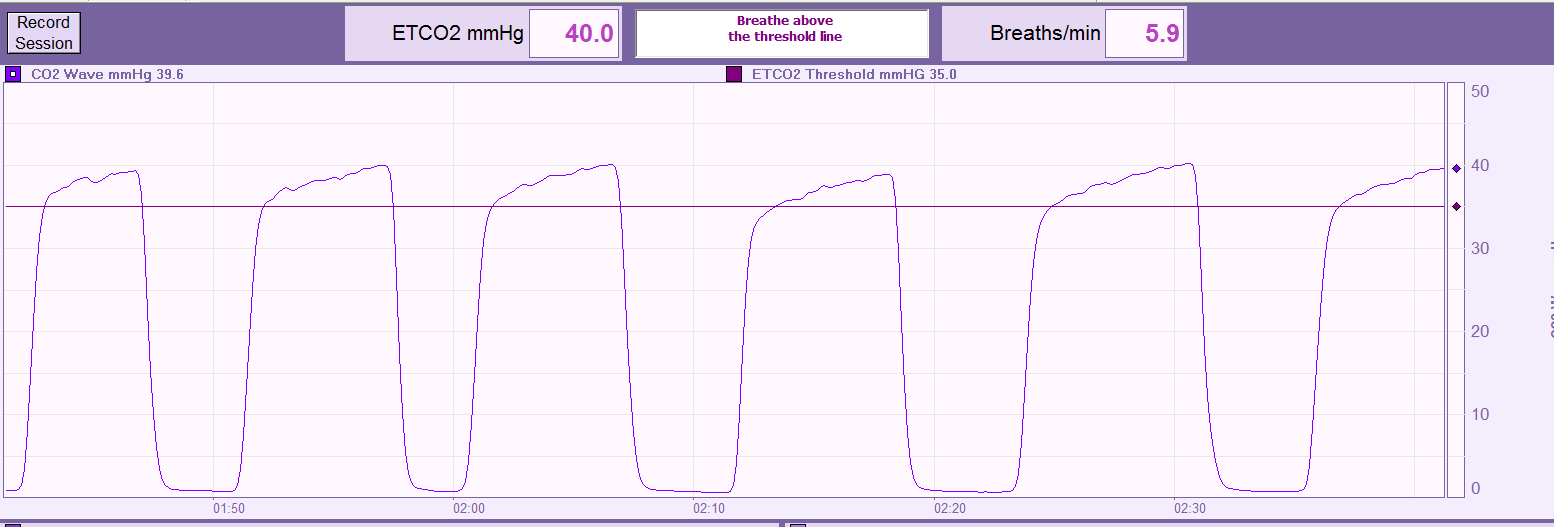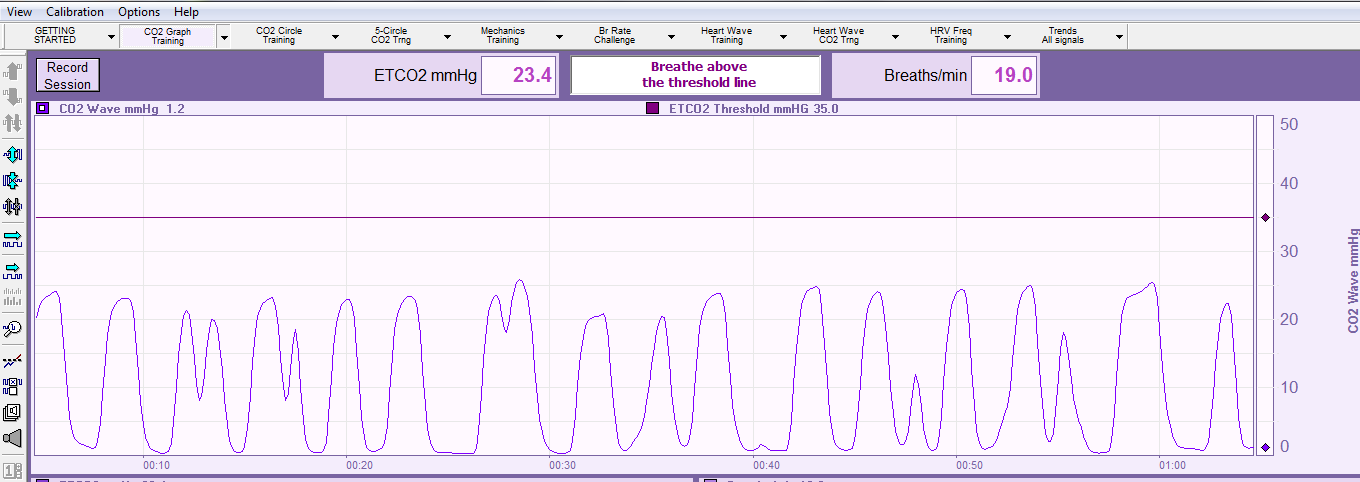Overview
Respiras is a clinical, science-based breathing therapy that helps:
- Correct dysfunctional breathing patterns.
- Restore oxygen-CO2 balance.
- Improve nervous system regulation for rest, recovery, and stress adaptation.
We specialize in correcting hidden stress patterns and dysfunctional breathing that create unexplained symptoms and interfere with the body's innate healing process.
We are dedicated to wellness-oriented, value-driven individuals who value health and holistic care.
Key Benefits
Respiras is not psychology or counseling, which focuses on emotions, thoughts, and past traumas. Respiras focuses on physiology, specifically how desynchronized breathing and autonomic nervous system impact energy, mood, attention, stress adaptation, rest, recovery, sleep, and emotional resilience for performance.
We don't analyze or talk through problems. Instead, we train the body to regulate itself using data, breathing protocols, and nervous system training. It is skills-based, measurable, and often used alongside in therapy.
Respiras Breathing is not intended to induce temporary altered conciousness, used for stress relief, emotional relief, and coping strategies. Our practice is not limited to relaxation, or energy flow, which is often based on spiritual, meditative, or energetic practices.
We do not recommend hyperventilation, deep breathing, fast-paced breathing, deep inhalations, breath holding patterns, altered nostril breathing or cold water immersion.
Respiras provides data-driven, evidence-based, and science-backed breathing retraining and re-calibration of the autonomic nervous system using biometrics for people that value health, performance, and longevity.
Other traditional breathwork methods
Induces altered states, and it is limited to relaxation, or energy flow.
Often based on spiritual, meditative, or energetic practices.
Used for stress relief, emotional relief, and coping strategies.
May involve hyperventilation, fast-paced breathing, deep inhalations, breath holding patterns, or altered nostril breathing
May temporarily alter consciousness but does not always address dysfunctional breathing patterns.
Taught liberally, it does not take into account existing obstructive or restrictive lung diseases and does not discern the impact of lung dynamic hyperinflation effect on the body. This can create evolving and recurrent mystery symptoms and health conditions.
May offer temporary tension relief, slowing down respiratory patterns, and relaxing the autonomic nervous system, but can create inadvertant faulty hidden respiratory patterns that create anxiety, depression, irritability, defensiveness, and anger.
Believes deep and low breathing are synonymous with good oxygenation and calming state. Fails to recognize the potential harmful effect of deep breathing, causing CO2 depletion, leading to respiratory alkalosis, leading to oxygen starvation, cellular stress, and brain hypoxia- temporarily altering the cognitive state into dissociation or disconnectedness.
Relies on static breathing practice involving slow paced breathing patterns.
Does not consider the precise regulation of CO2 balance, adaptive tidal volume, and physiological stability.
Client Specific
Healthy breathing, in the context of respiratory science, is the proper balance of
carbon dioxide levels in the range of 35-45 mmHg. Healthy breathing is adaptive and responsive while maintaining good physiology when active, resting, performing, and mentally focused.
Good breathing is about improving chemistry to reduce stress, and optimize health and performance.


Unexplained Symptoms
Breathing is a key function of the human body; it sustains life providing oxygen for normal cell function, cell repair, and regeneration. Breathing has a direct effect on the body's physiology and it can affect all body systems (brain, heart, lungs, nerves, circulation, reproduction). The quality of how we breathe can either decrease or increase our health, performance, and longevity.
Despite its bad reputation, CO2 is essential for health. Normal body functions depend on the proper regulation of CO2, with a narrow range between 35-45 mm Hg. This range is critical to ensure proper:
- Oxygen delivery
- Blood circulation
- pH balance (acid-base physiology)
- Electrolytes
- Kidney function
Breathing science is about CO2 regulation target 40 mm Hg. This is the true way to ensure proper ventilation and enhance the body's natural healing processes.
Our Values
At Respiras, our core values include clinical excellence, compassion, innovation, and client empowerment. We believe the body's natural healing potential. We believe in giving you the tools and skills to create the right physiological environment to heal and thrive.
Get Started
We recommend you start with a free phone consultation to see if Respiras is the right fit for you. We will answer your questions, and schedule your initial assessment if it's a good it. Call (800) 667-1798 to start the process.










